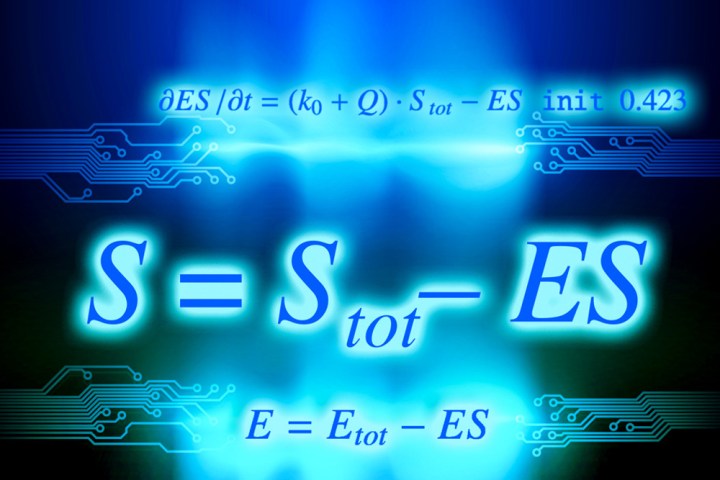
Last week, researchers from the Massachusetts Institute of Technology’s Computer Science and Artificial Intelligence Laboratory and Dartmouth College presented a new compiler for analog computers at a conference held by the Association for Computing Machinery. The program helps bridge the gap between high-level instructions that are comprehensible to humans, and the information that an analog system would need to complete the task.
An analog computer uses a variable physical quantity to model a particular problem — examples of this type of hardware vary from a slide rule to an aircraft computer. Analog systems thrive on complexity, because they use continuous, rather than discrete, values.
This makes analog hardware particularly potent when it comes to a task like simulating a biological system. However, putting an analog system to use in this context can be very time consuming, as this type of computer typically has to be physically programmed by hand.
Conversely, the new compiler allows users to present differential equations as input. The program translates this information into voltages and current flows across an analog chip. While a member of the research team developed the chip used in tests, the compiler should work with any programmable analog device as long as it has access to a detailed technical specification, according to the MIT blog post sharing news of the project.
“At some point, I just got tired of the old digital hardware platform,” says Martin Rinard, a professor at MIT and a co-author of the paper detailing the compiler. “The digital hardware platform has been very heavily optimized for the current set of applications. I want to go off and fundamentally change things and see where I can get.”
It’s thought that this compiler could help facilitate analog simulations of organs, and perhaps even entire organisms.
Editors' Recommendations
- DuckDuckGo’s new browser could help keep Mac users safe on the web
- Microsoft’s new quantum chip could help control thousands of qubits
- New research could help Tesla’s EV batteries last for a million miles

